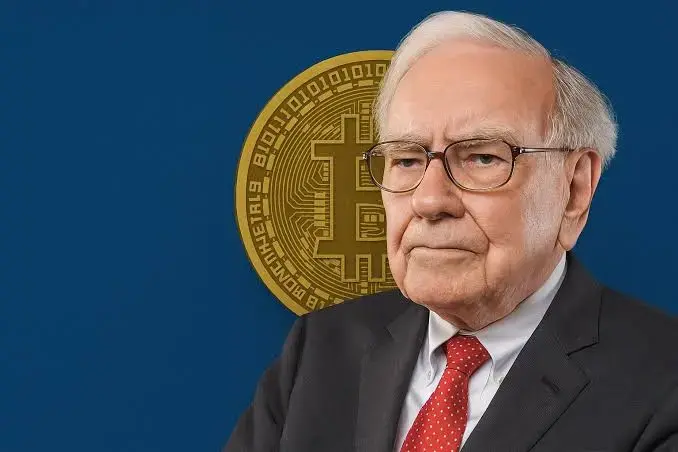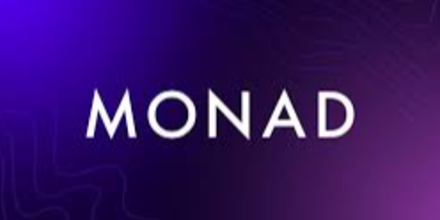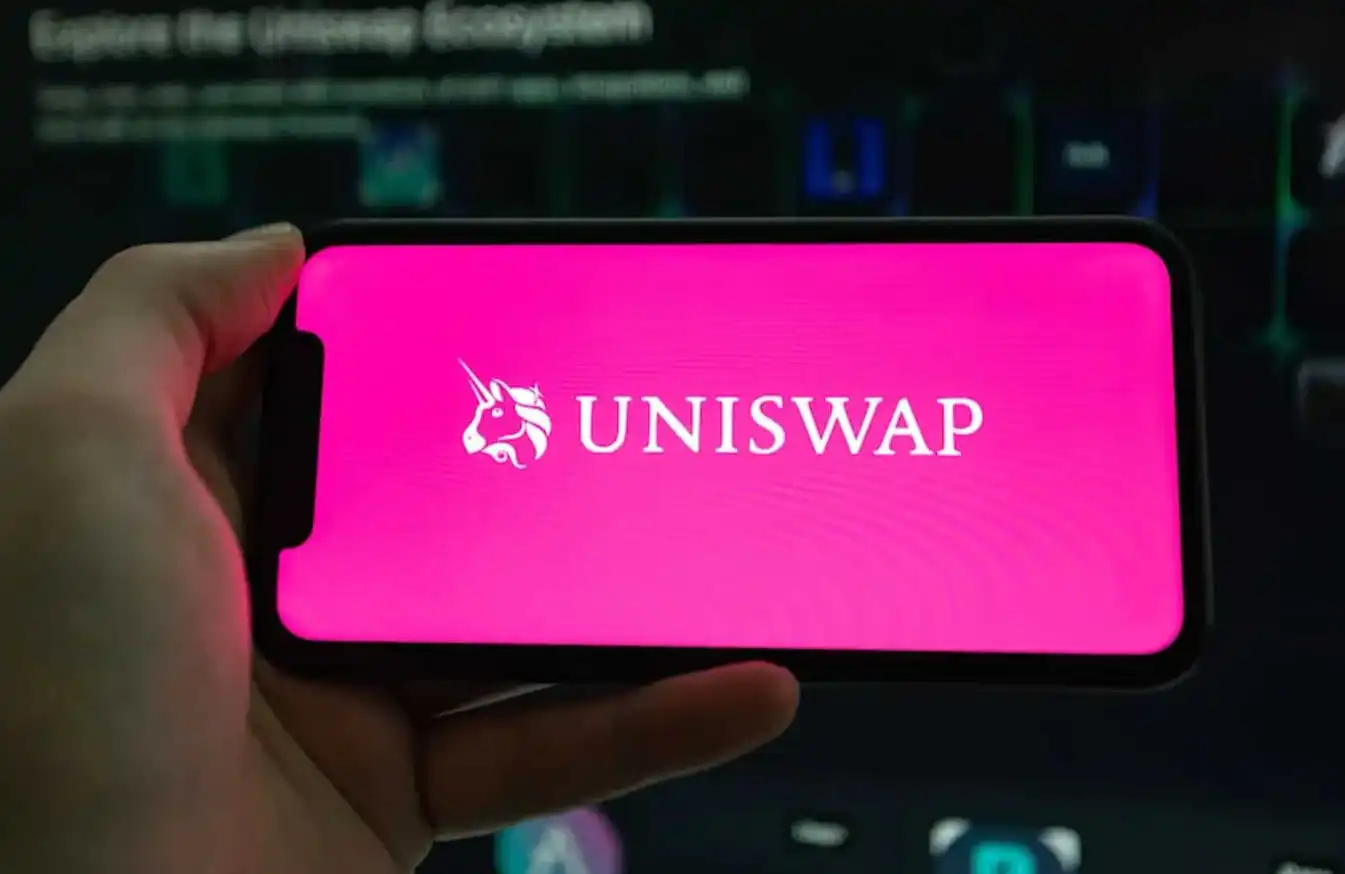Interpretation of b402: From AI Payment Protocols to Service Marketplaces, BNBChain's Infrastructure Ambitions - TechFlow
b402 is not just a replacement for x402 on BSC, but potentially the starting point for a much bigger opportunity.
Written by: TechFlow
The market is currently undergoing another deep correction, and everyone is waiting for a rebound after the overreaction.
But when the market really rebounds, which sectors do you think will benefit first?
The most likely candidates are those hot narratives that led the market before the big drop but were interrupted. For example, take a look at the recent performance of privacy coins; and besides the old coins with new hype in the privacy sector, another narrative that could ignite related assets is naturally x402.
Previously, we also wrote that most of the current x402 opportunities are on the Base chain; but looking back at this year's market pulse, BNB Chain has indeed created wealth effects in sectors like Perp DEX and meme coins (despite controversy), with the sole exception of x402, which is absent.
(Related reading: x402 is booming on BASE, where are the asset opportunities on BSC and Solana? )
So let's sort out the logic again:
If the market warms up in the short term, will BNB Chain + x402, which naturally brings topical traffic, see an explosion? If you agree with this logic, then you naturally need to prepare in advance when no one is paying attention.
And according to the crypto ecosystem's inertia of "applications come and go, but infrastructure is permanent," the "shovel seller" projects in a narrative often have greater opportunities.
Who is the most noteworthy shovel seller on BNB Chain? The b402 protocol is definitely one of the answers.
Maybe you don't know what b402 actually is yet, or haven't grasped the opportunity within. However, a recent video posted by b402's official Twitter might spark your imagination about what this project is doing:
On BNBChain, using the x402 protocol, transferring the Trump family project WLFI's USD1 stablecoin to an AI Agent, the entire process is smooth and seamless.
Don't forget, nearly 80% of USD1's supply is on BNB Chain.
So in this big x402 narrative, besides base and USDC, this technology might have another solution you've overlooked:
When the b402 protocol, BNB Chain, Binance's potential support for projects in various sectors to face competition, and USD1 are all interconnected, the technical narrative can ferment through topics, capital, and controversy, possibly stirring up even greater energy.
Therefore, in this issue, let's take a look at the b402 protocol, see if it stands up, and what makes it superior compared to other x402 protocols.
x402 Cannot Be Directly Replicated, b402 Fills the Gap
I believe most people's instinctive first reaction upon hearing the name b402 is:
Why not just move x402 to BNB Chain, why bother with b402, isn't this reinventing the wheel?
b402's official Twitter previously gave a brief explanation, which actually very accurately addresses this question:
"x402 supports payments between AI Agents using USDC, while b402 allows them to pay each other using any BEP-20 standard token."
In other words, you can't simply copy the x402 setup from the base chain to BNB Chain.
To understand why, we first need to clarify what the core of x402 is.
It's not the so-called HTTP 402 status code, nor the payment protocol, but enabling AI Agents to complete payments without managing Gas.
Imagine if every AI Agent had to hold both USDT (for payments) and BNB (for Gas), how troublesome that would be. It would need to monitor BNB balances, top up when BNB is low, and handle Gas price fluctuations. This is annoying for human users and a nightmare for programs.
x402's solution on Base is clever: it leverages a special feature of USDC. USDC issued by Coinbase implements a standard called EIP-3009, allowing users to simply sign an authorization message:
"I agree to transfer X USDC to a certain address," and then anyone can take this signature to execute the transfer on-chain, with the executor paying the Gas fee.
This is why x402 can achieve low gas payments. The AI Agent only needs to sign, the x402 Facilitator executes with the signature, and the Agent never has to touch ETH.
But on BNB Chain, this path doesn't work.
USDT, BUSD, and the new USD1 on BSC do not support EIP-3009. They are standard ERC-20 tokens, only recognizing on-chain transactions, not off-chain signatures. If you take a signature to the USDT contract, it simply ignores you.
So, b402's innovation is that since token contracts on BNB Chain don't support signature authorization, it creates an intermediary layer.
b402 calls this intermediary layer the Relayer, which is actually a deployed Relayer contract. You can think of its function as a "translator":
It receives the user's signature authorization, verifies its authenticity, and then calls USDT's transfer function on behalf of the user.
From USDT's perspective, it's the Relayer executing the transfer; from the user's perspective, they just signed a message. The whole process is as follows:
-
The user signs a message, including "transfer X USDT from my address to the merchant, valid until a certain time."
-
The b402 Facilitator receives the signature and submits it to the Relayer contract.
-
The Relayer verifies the authenticity of the signature, checks if the token is whitelisted, and confirms the validity window.
-
If everything is OK, it calls USDT's transferFrom to complete the transfer.
The result? AI Agents still only need to sign, without holding BNB. Although the technical path is completely different, the user experience is exactly the same as x402.
Even better, because the Relayer is b402's own contract, it can support any BEP-20 token.
As long as it's whitelisted, USDT can be used, USD1 can be used, and future new stablecoins can be used. This flexibility is something the original x402 cannot achieve.
So, to answer the question at the beginning of this section:
b402 is not reinventing the wheel, but rather finding a new way for AI Agents to pay with on-chain tokens under BSC's technical limitations.
Building a New Wheel, Opening a New Market
Solving the technical problem is just the first step. For BSC to get a share of the AI Agent economy, having just a protocol is not enough; real usable infrastructure is also needed.
Just look at the x402 Facilitator leaderboard to see how awkward the current situation is. Coinbase ranks first, processing 330,000 transactions. Next are Daydreams, AurraCloud, PayAI... all on Base and Solana. BSC? Not a single one.
What is a Facilitator?
It is the core infrastructure of the x402 ecosystem, equivalent to a payment gateway. When an AI Agent needs to pay to call an API, the Facilitator is responsible for verifying the payment request, checking the balance, executing the on-chain transaction, and returning the result. Without a Facilitator, the x402 protocol is just a piece of paper.
In other words, whoever controls the Facilitator controls the payment entry for AI Agents.
The b402 Facilitator is currently BSC's answer. It doesn't just copy x402's functionality, but optimizes it for BSC's characteristics. The biggest difference is multi-currency support—not just USDT, but any BEP-20 token can be used.
This means new stablecoins like USD1 can be integrated directly, without waiting for extra development.
For developers, integrating b402 Facilitator is extremely simple. Just add a line in the server configuration: "FACILITATOR_URL= https://facilitator.b402.ai", and your API can start charging AI Agents. No need to understand blockchain, no need to manage private keys, b402 handles all the technical details.
But b402's ambition doesn't stop there. If the Facilitator is the infrastructure, then b402scan is the upper layer.
If you only look at the name "scan," you might think it's a blockchain explorer, but in reality, it's an "AI service marketplace."
Marketplace means service providers can publish APIs, set prices, and showcase what their AI can do; other AI Agents can search for needed services, view transaction history, and directly call these services.
Currently, this marketplace is not fully open, but you can keep an eye on the project's progress to see what interesting AI services emerge in the future.
Overall, b402's shovel seller positioning is very clear: Facilitator is more like a technical gateway, while b402scan is more like a Shopify or Amazon business model.
This forms a complete closed loop:
-
Developers use b402 Facilitator to enable their API services to charge fees;
-
Developers use b402scan to let others discover their APIs;
-
AI Agents complete the entire process of discovery, invocation, and payment within the same system. Every transaction strengthens BSC's position as the payment chain for AI Agents.
The official technical diagram from b402 tells an even bigger story:
The base layer is the protocol and Relayer contract, solving technical problems; the middle layer is the Facilitator and b402scan, providing service capabilities; the top layer is various SDKs, lowering the integration threshold. This full-stack layout, in my opinion, is actually filling in every missing piece for BSC in the AI Agent economy.
Particularly worth mentioning is the USD1 variable. When b402 showcased using USD1 to pay for AI services on October 28 on its official Twitter, it may have unintentionally hit a major hotspot.
The Trump family's WLFI chose BSC as the main issuance chain for USD1, with 80% of the supply here.
What does a new stablecoin need most? Highly narrative and profitable use cases. And high-frequency, small-value payments by AI Agents may be one answer.
If the AI Agent economy is a war, then Base, relying on Coinbase's resources, has already occupied the high ground, and Solana is advancing rapidly with hackathons.
BSC, through b402, is building its own base. The characteristic of this base is not being the earliest or the largest, but the most open—any token can be used, any service can be listed, any Agent can join.
Current Progress and Token Expectations
According to bscscan data, b402 has already quietly started running.
As of November 7, the latest b402 relayer contract has generated about 45,000 transactions; combined with the old relayer contract (soon to be deprecated for technical reasons), b402 has now generated nearly 86,000 transactions.
According to third-party Dune data, although the transaction volume is still far from Coinbase, considering that b402 has only been online for less than a month, this starting speed is not slow.
Even more interesting is the transaction distribution: b402's transaction volume began to grow steadily after October 26, which coincides with the release of their USD1 payment demo.
Looking at token distribution is even more telling. In the entire x402 ecosystem, 98.7% of transaction volume uses USDC, with the remaining 1.3% spread across USD1, USDT, ETH, and a dozen other tokens.
This extreme concentration actually reflects a problem: the current x402 ecosystem is heavily dependent on Coinbase and USDC. The multi-currency design of b402 can break this monopoly.
Of course, USD1's current transaction volume is only $200,000, but this precisely shows the opportunity is still early.
If the Trump narrative is hyped again next year, USD1's usage could see explosive growth. By then, the only mature AI payment protocol on BSC will be b402.
This also relates to expectations for the b402 token. However, the b402 team has not yet announced a specific tokenomics plan; but from the technical architecture, several directions can be inferred.
First is protocol fees: each transaction may charge a 0.1-0.3% fee, which can be used for buybacks or dividends. Second is governance rights: deciding whitelisted tokens, fee adjustments, protocol upgrades, and other important matters. Third is a staking mechanism: operating a Facilitator may require staking a certain amount of tokens as collateral.
If designed this way, the benefit is that token value is directly linked to protocol usage. The more transactions, the higher the protocol revenue, the greater the token value, and it fits the narrative of real income.
Of course, the above is just speculation. For the actual tokenomics, interested players can further follow the project's official Twitter for updates.
Overall, paying attention to b402 is essentially betting on whether BSC can secure a place in the AI Agent economy. Conservatively, this is an infrastructure project for the BSC ecosystem, growing slowly with the ecosystem. Aggressively, perhaps more wealth-generating projects can emerge here under the AI economy narrative.
Conclusion
At this point, the story of b402 is basically clear. But finally, I want to talk about the bigger picture behind this project.
The explosion of x402 was not accidental. It solved a real problem: enabling AI Agents to make autonomous payments. This demand will grow exponentially as AI Agents become more widespread; as for how much of the pie b402 can get, we don't have a clear answer.
But looking back at the history of crypto project development, the current situation of b402 and x402 reminds me of the relationship between Uniswap and 0x Protocol back in the day.
At that time, 0x Protocol was technically advanced, with a well-developed order book; but it was too ahead of its time and disconnected from on-chain demand. Uniswap, on the other hand, took a step back technically—no order book, just simple swaps—but it happened to meet the explosive demand of DeFi.
Today, Uniswap has become DeFi infrastructure.
x402's use of USDC for micropayments is indeed elegant, but its use cases are still scattered and far from truly shining. b402's implementation was originally a forced move because BSC couldn't replicate x402, but this "compromise" may turn out to be a blessing in disguise.
Why? Because b402 enables any BEP-20 token to do gasless transactions, which opens up at least three unexpected opportunities:
First, the usage threshold for ordinary users and AI Agents is completely eliminated. Imagine a new user or Agent can receive any token with an empty wallet, then directly transfer or trade on PancakeSwap, without ever needing to top up BNB for Gas.
Second, the on-chain Agent economy may truly explode as a result. When all tokens can be traded gaslessly, Agent trading strategies and financial management become much more flexible. A DeFi Agent can freely switch between tokens without worrying about Gas management. This convenience could lead to exponential growth in Agent trading volume.
Third, on-chain behavior may become more anonymous. When a large number of transactions are completed via Relayer, and accounts no longer need to top up Gas, external observers cannot trace wallet relationships through Gas sources.
This brings us back to the initial question: if the market rebounds, what will you buy?
Now it seems, b402 is not just a replacement for x402 on BSC, but potentially the starting point for a much bigger opportunity. It doesn't just solve the AI Agent payment problem, but the entire BSC ecosystem's gasless transaction problem. This market is much bigger than just AI Agents.
If you believe the AI Agent narrative can run through the crypto market for years, if you think gasless transactions are key to Web3 adoption, if you believe on-chain privacy will be the next hotspot, then b402 is worth watching.
Not because it is certain to succeed, but because it may inadvertently open a much bigger door. Just like Uniswap back then, the simplest solution often contains the greatest opportunity.
TechFlow is a community-driven in-depth content platform dedicated to providing valuable information and thoughtful perspectives.
Disclaimer: The content of this article solely reflects the author's opinion and does not represent the platform in any capacity. This article is not intended to serve as a reference for making investment decisions.
You may also like
On-chain financial management, danger! Run away quickly!
Is the "neutral" model truly neutral? A series of hidden dangers are lurking beneath the surface.

A sober reflection on the $2.5 billion FDV: Monad's public offering document reveals the true face of "transparency with restraint"
The Monad (MON) token is about to be publicly sold on Coinbase, with disclosure documents detailing the project architecture, financing, token distribution, sales rules, and risk warnings, emphasizing transparent operations. Summary generated by Mars AI. This summary was generated by the Mars AI model, and the accuracy and completeness of the content are still being iteratively updated.

Uniswap launches token burn and fee distribution, reshaping DeFi protocol revenue model


